2016 Mazda CX-5 Vs 2016 Hyundai Tucson

Compact crossovers sell like popcorn at a movie theatre and here we have an industry favorite versus the handsome new guy, the 2016 Mazda CX-5 versus its 2016 Hyundai Tucson counterpart.
Although it doesn’t sell nearly as much as the Honda CR-V (335,019 units sold in the U.S. in 2014) or the Toyota RAV4 (267,698), the Mazda CX-5 (99,122) has always been our top pick in the segment for its legitimately sporty driving dynamics and good looks. The Hyundai Tucson (47,306), on the other hand, sucked for a really long time, but it has been totally redesigned for the 2016 model year, and the revamp allows the CUV to properly fight it out with the segment’s best.
Get a Quote on a New Mazda CX-5 or Hyundai TucsonIs the Tucson’s makeover enough to steal our “favorite” vote away from the CX-5 for the compact crossover segment?
The Difference is in the Drive
After driving the two crossovers back to back, one thing become very clear: the Mazda is still the better car if driving fun and engagement is what you’re looking for. It feels more connected to the road, you get much more feedback from the direct and responsive steering wheel, and it just dives into corners with more enthusiasm than a crossover has a right to.
Unfortunately, engaging driving typically matters diddly squat to people shopping this segment. That’s a shame, because the CX-5 is the best in its segment for driving dynamics.
That’s not to say the Tucson is a bad performer, either, but you can really feel Mazda’s sporting heritage in the way the CX-5 drives. The Tucson, on the other hand, feels softer in the corners and the steering feels a bit disconnected, artificial, and over-boosted, all pretty typical traits in this segment. On the highway, you will find yourself over-correcting your steering in the Tucson because it is too light at high speeds, although the lightness helps when navigating tight areas like parking garages.
Because the Tucson is softer sprung though, it feels more comfortable and floaty over rough pavement, where a bit more roughness and NVH makes its way into the CX-5’s cabin.
ALSO SEE: 2015 Honda CR-V vs. 2015 Subaru Forester
The CX-5 in our comparison is powered by a 2.5L four-cylinder engine with 184 hp and 185 lb-ft of torque, while the Tucson is powered by a 1.6L turbo four with 175 hp and 195 lb-ft of torque. The CX-5 has to haul around less weight though, because it weighs about 120 pounds less than the Tucson, a weight difference that can really be felt in how much more agile the CX-5 is. The big difference is that the CX-5 isn’t actually that fast and its engine isn’t all that inspiring, but it feels quick.
The Tucson pulls stronger and earlier on in the rev range, so its torque feels more useful, even with the extra weight. The turbo four is hooked to a seven-speed dual clutch transmission, which feels really well sorted at speed; it upshifts smoothly and quickly and downshifts are well timed. The only issue, and this is the same thing with most DCTs, is that at low speeds and from a stop, it has a tendency to judder and slip for a fraction of a second before it finds the right gear. The CX-5 has a traditional six-speed auto, so it doesn’t have this problem, but the car also doesn’t have a turbo, so you have to get the engine revving quite high to get the best from the engine.
Compare Specs
| Vehicle | 2016 Hyundai Tucson | Advantage | 2016 Mazda CX-5 |
|---|---|---|---|
| Engine | 1.6L turbo 4-cyl. | - | 2.5L 4-cyl. |
| Horsepower | 175 | CX-5 | 184 |
| Torque | 195 | Tucson | 185 |
| Transmission | 7-spd DCT | - | 6-spd auto |
| Fuel Economy | 24 MPG City/30 MPG Highway | Tucson | 22 MPG City/ 31 MPG Highway |
| Fuel Economy (l/100kms) | 9.9 City/8.4 Highway | Tucson | 9.8 City/ 7.9 Highway |
| Starting Price USD | $22,700 | CX-5 | $21,795 |
| Starting Price (CAD) | $24,399 | CX-5 | $22,995 |
| As Tested Price USD | $31,300 | CX-5 | $29,470 |
| As Tested Price (CAD) | $38,571 | CX-5 | $36,920 |
The Tucson is rated at 24 mpg in the city and 28 on the highway, while the CX-5 is rated at 24 and 30. Real-world testing on an identical drive route came back with a combined 29.4 mpg for the Hyundai and 27.4 for the Mazda.
Interior Game Strong
Both interiors here are clean, logical and functional, but the Hyundai feels more plush and a bit more luxurious and refined. The Mazda does have better switchgear and more interesting finishes, though, and it feels particularly German the way they satisfyingly click into place. The cream colored leather in the CX-5 is also lovely, but I’m not sure how practical it would be.
I prefer the Tucson’s infotainment setup: The touchscreen is responsive and very user friendly. The Mazda uses a touchscreen and a rotary dial knob, an added step because the touchscreen is further away from the driver, which makes it slightly less intuitive to use. It is faster to complete tasks like pair a phone via Bluetooth, enter a navigation destination or find a radio station with the Tucson because of the touchscreen and the fact that its operating system uses fewer menus.
At this price point, the Tucson is very well equipped with a giant panoramic sunroof, heated steering wheel, heated front and back seats and blind spot monitoring. From that list, the CX-5 only has blind spot monitoring and heated front seats, but adds adaptive cruise control, and lane departure warning.
How Good are They at Being SUVs?
If you want an SUV, it’s either because you need some off-road capability or you need to haul stuff. The two crossovers here are very different in these two respects as well.
The Tucson is better at the off-roading part, as it comes with various off-road driving modes, hill descent control, and a locking differential, which helps when you need more traction. Both cars are equipped with AWD at this price point, but the Tucson holds the edge for being more capable off road. These cars will never see anything worse than a cottage road or bad weather, but the Tucson has a big advantage here.
In terms of hauling stuff, the Tucson has a slightly smaller trunk, with 31 cubic feet of cargo space behind the rear seats and 61.9 cu. ft. with rear seats folded down. The Mazda has the advantage here with 34.1 cu. ft. feet of cargo space and 64.8 cu. ft. with the rear seats folded flat.
Click here to compare these two CUVs side by side
It is also easier to flip down the seats in the Mazda, because it uses handy levers found in the trunk that allow you to flip down the whole back or just sections of it. The Hyundai’s seats are slightly more difficult to flip down, but the car does have an automatic opening and closing rear hatch, which the Mazda does not. The Hyundai also has a lower load height and a seemingly wider hatch opening, which will make it easier to get stuff in and out of there.
The Verdict: 2016 Mazda CX-5 vs 2016 Hyundai Tucson
These two crossovers are easily the best-looking ones in the segment. Both designs are cohesive and smart, without being too flashy or overly aggressive. The Mazda used to be the best looking, but even its stylish lines are beginning to look a bit dated when compared to the Tucson’s fresher face, especially when it’s painted in this beautiful metallic blue.
If a sporty, more engaging drive is what you want, then the Mazda CX-5 is the crossover you should be looking at, but the Tucson really impressed us during this comparison, and it wins for being so well-rounded and good at just about everything where it really matters. At this topline price point, the Tucson is slightly more expensive, but is very well equipped and has a few more useful features than the CX-5.
Hyundai’s makeover of the Tucson is hugely significant, because it simply makes it one of the best cars in its segment. We have always loved the CX-5, but the Hyundai does everything slightly better, and can confidently take the CUV crown from our perennial favorite, which is a huge compliment.
2015 Hyundai Tucson, 2016 Mazda CX-5
LOVE IT
- Clean, cohesive design
- User-friendly infotainment setup
- Well equipped, more versatile off-road
- Pretty design
- Sporty handling
- Fun to drive
- More cargo friendly
LEAVE IT
- Weight
- Vague/light steering
- Less cargo space
- Not as refined feeling
- Not as fast

Jodi has been obsessed with cars since she was little and has been an automotive journalist for the past 12 years. She has a Bachelor of Journalism from Ryerson University in Toronto, is a member of the Automobile Journalists Association of Canada (AJAC), and a jury member for the prestigious North American Car/Truck/Utility Vehicle of the Year (NACTOY). Besides hosting videos, and writing news, reviews and features, Jodi is the Editor-in-Chief of AutoGuide.com and takes care of the site's day-to-day operations.
More by Jodi Lai



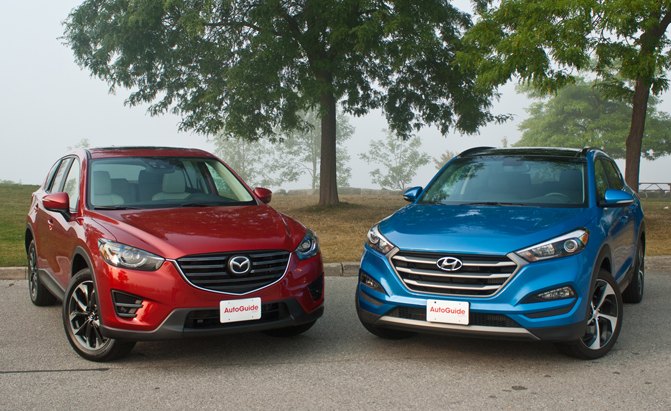



















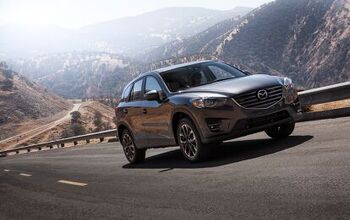




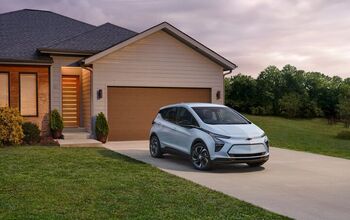
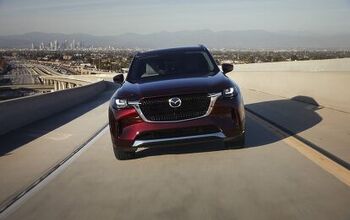

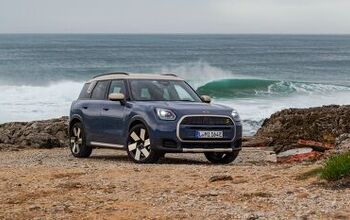
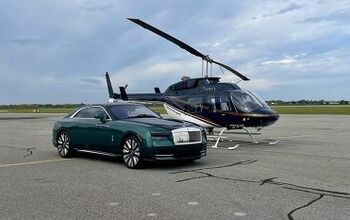
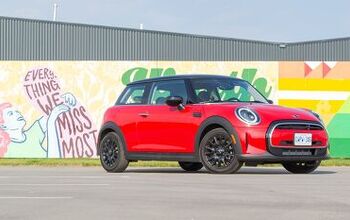

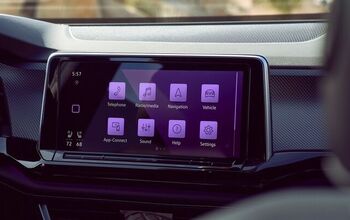
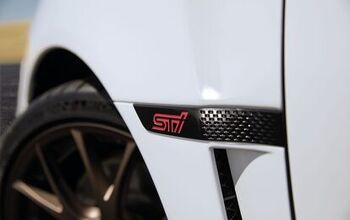
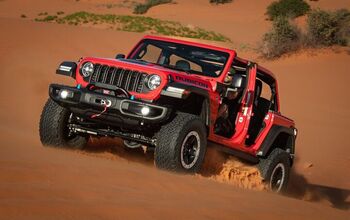
Comments
Join the conversation
Glad I chose the Tucson Sport! There's really ZERO cons I can find. Almost went with the cx-5 but after loving my previous Hyundai Genesis, I decided to give them one more shot. Boy am I glad! The interior is SO much nicer with the redesign, so many more useful features, and the pickup speeds and responsiveness of the Sport turbo is insane for its size!!!
Has your analysis changed with Mazda coming up with all new 2017 CX5? I am trying to answer the same question for myself which one to buy in 2017 Mazda CX 5 seems to have really plush interiors in 2017 Your thoughts